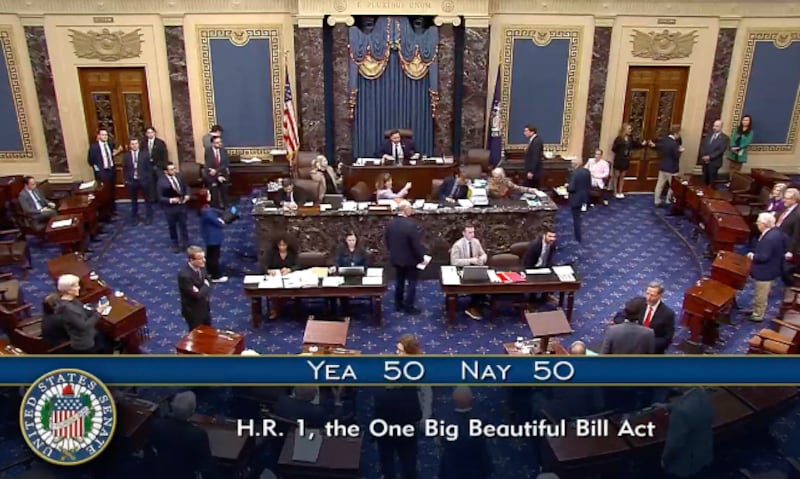The specter of significant economic friction looms large over US-Japan relations as President Donald Trump has issued a stark warning: trade tariffs of up to 35% could be imposed on goods from Japan. This aggressive posture comes as the Trump administration’s 90-day pause on country-specific duties is set to expire next week, on July 9, marking a critical juncture in ongoing Japan trade negotiations. The President’s declaration signals a potential escalation in his administration’s persistent efforts to recalibrate global trade dynamics, emphasizing a continued focus on addressing perceived imbalances.
At the heart of this brewing economic policy dispute lies the Trump administration’s firm demand for Japan to substantially increase its imports of American agricultural products, particularly rice, and a greater volume of U.S.-manufactured automobiles. According to President Trump, these specific imports represent the major sticking points preventing a comprehensive Japan trade deal before the impending impending deadline. He explicitly stated his intent to formalize the tariff imposition should an agreement remain elusive, remarking, “‘We thank you very much and we know you can’t do the kind of things that we need and therefore you’ll pay 30%, 35%’ or whatever the number is that we determined.”
The proposed trade tariffs of 30% to 35% represent a dramatic escalation from the current baseline rate of 10% and even surpass the 24% levy previously announced by Trump in April as part of his country-specific reciprocal duties. The implementation of those earlier tariffs had been deferred since April 9, allowing for the 90-day negotiation period. This potential hike underscores the Trump administration’s unwavering commitment to its “America First” economic policy, signaling a readiness to employ strong measures to force concessions from key trading partners like Japan.
In Tokyo, Japan’s Deputy Chief Cabinet Secretary Aoki Kazuhiko acknowledged President Trump’s statements on Wednesday, indicating that the country’s leadership is fully aware of the public declarations. However, Kazuhiko refrained from offering immediate, detailed comments on the matter, choosing instead to confirm that both nations remain actively engaged in the delicate and complex Japan trade negotiations. This measured response from Japan highlights the diplomatic tightrope walk inherent in managing US-Japan relations amidst high-stakes economic pressure.
The context for these intense negotiations is rooted in the significant trade deficit between the two economic powerhouses. Data from the U.S. International Trade Commission indicates that the U.S. experienced a substantial $68 billion trade deficit with Japan in 2024. Furthermore, last year, the U.S. imported approximately $148 billion in goods from Japan, making it the sixth-highest total among all U.S. trading partners. These figures undeniably fuel the Trump administration’s drive for a more “balanced” economic policy, which often translates into demands for increased U.S. exports and reduced trade imbalances.
The looming threat of these substantial trade tariffs carries significant implications not only for bilateral US-Japan relations but also for the broader global trade landscape. Such assertive economic policy moves by a major economy like the United States can reverberate across international markets, potentially influencing other nations’ trade strategies and raising concerns about protectionism. As the July 9 deadline rapidly approaches, the outcome of these negotiations will be closely watched, serving as a critical test of how major powers navigate complex trade disputes in an increasingly interconnected world. The resolution, or lack thereof, will undoubtedly set a precedent for future international economic engagements under the Trump administration.
Discover more from The Time News
Subscribe to get the latest posts sent to your email.






